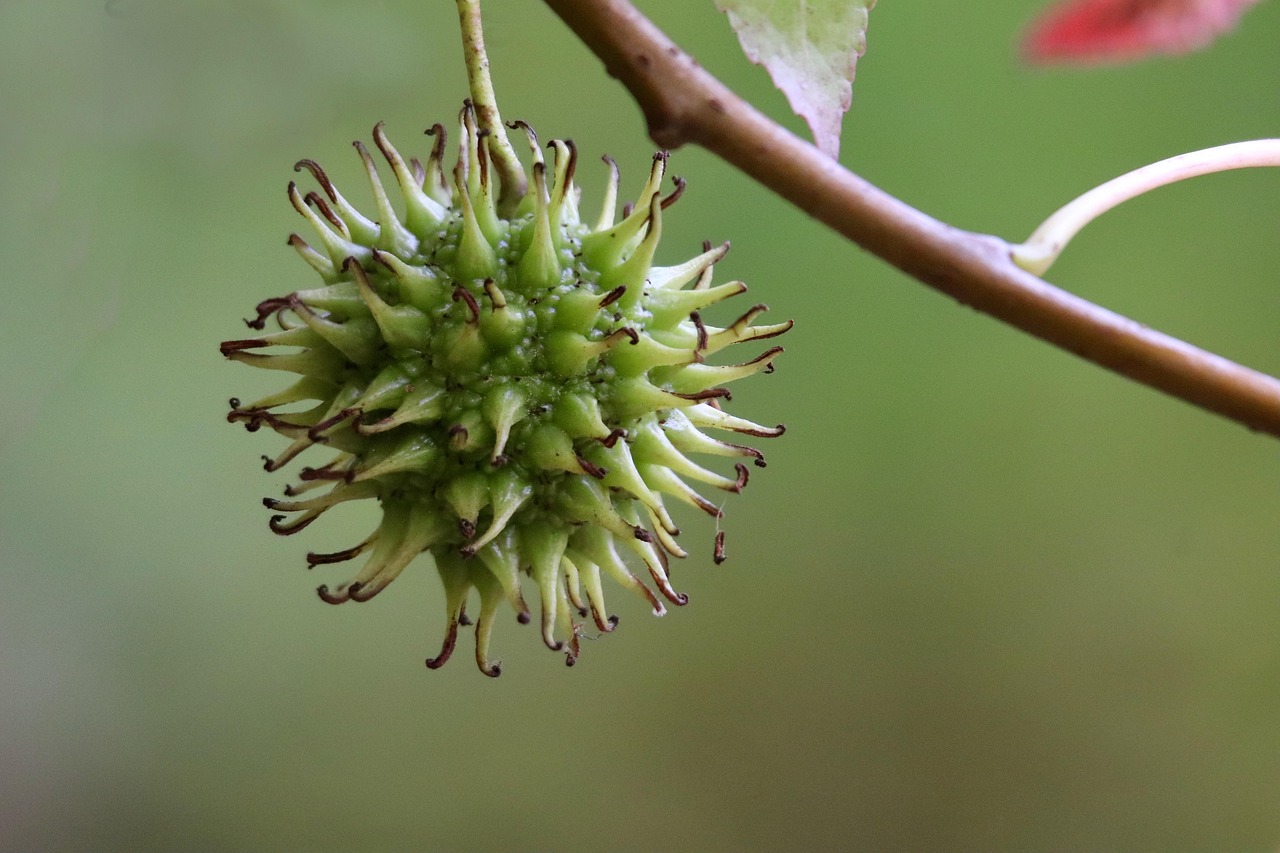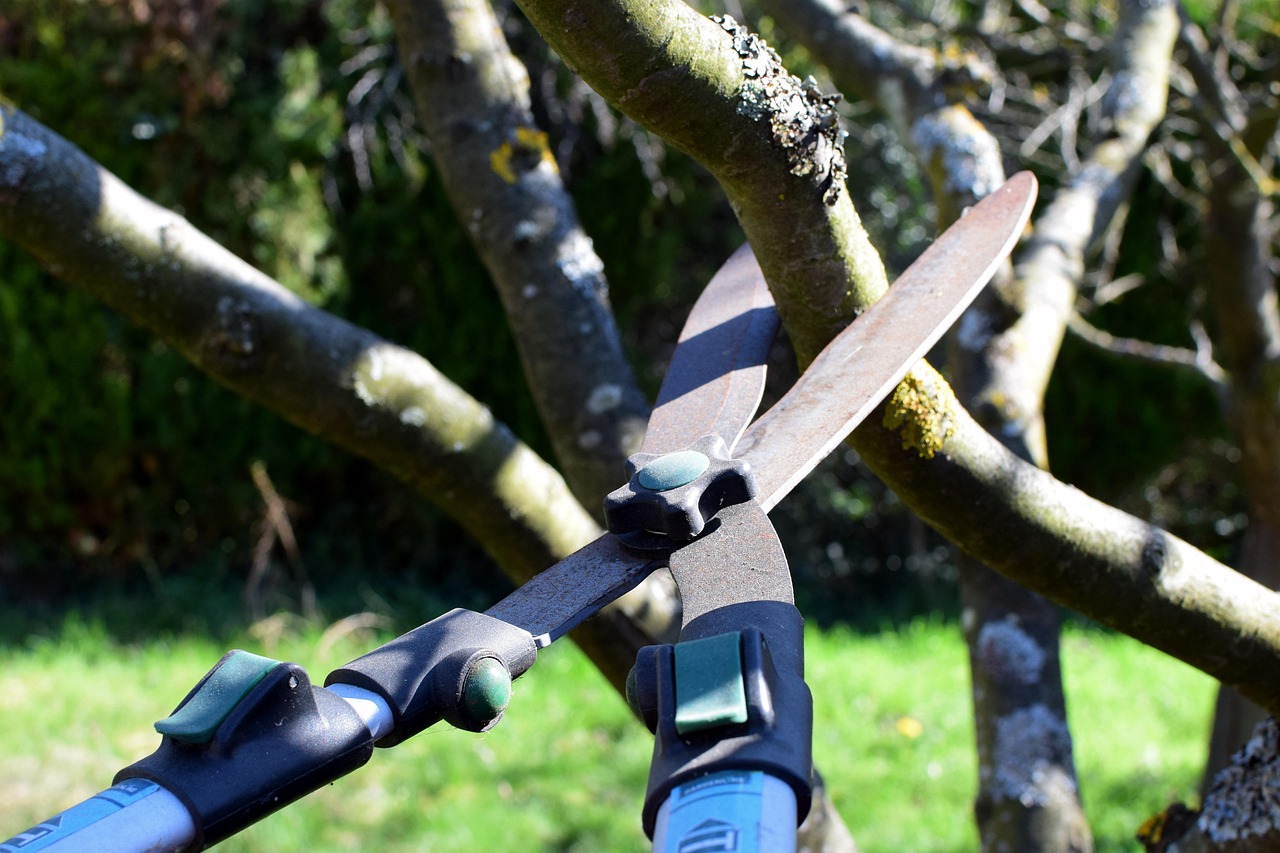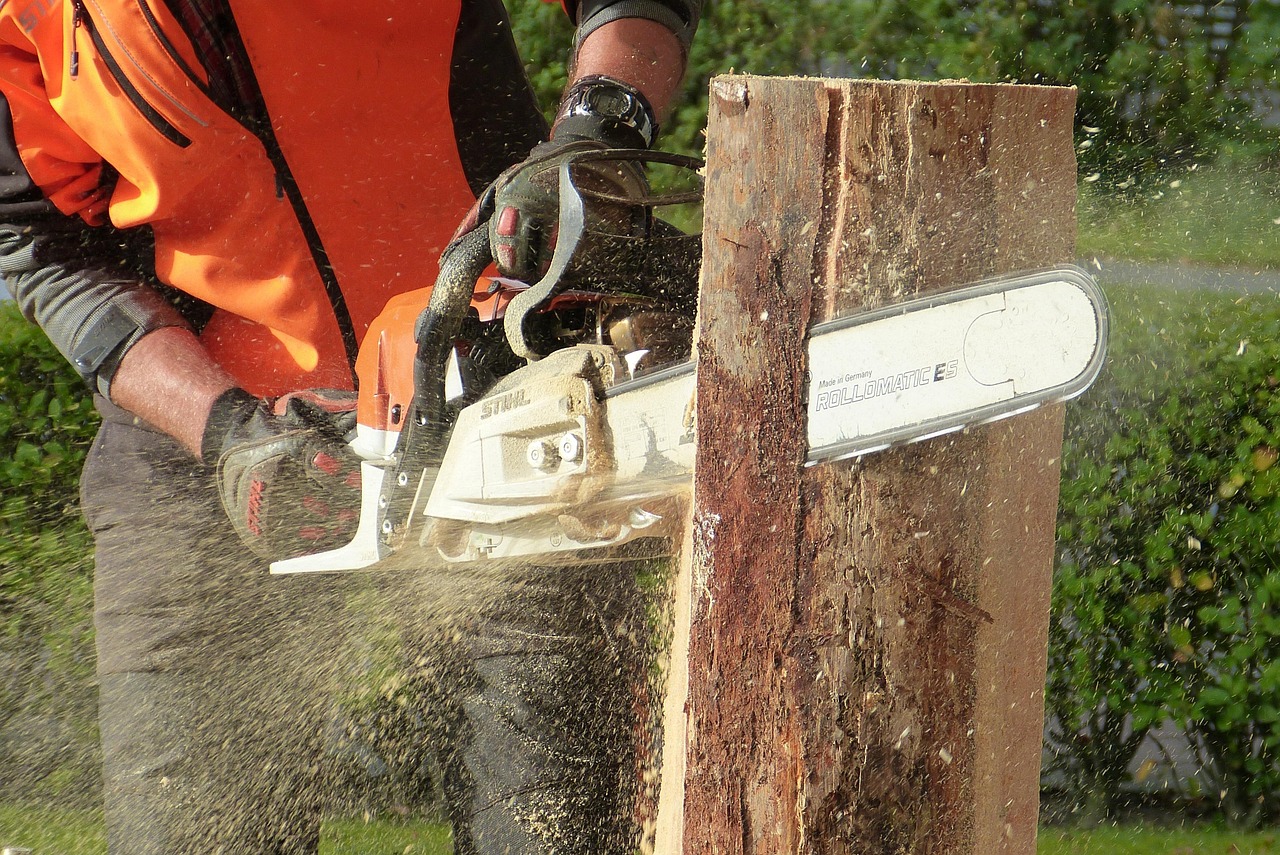Pruning fruit trees in cold winter climates is best done during late winter or early spring while trees are still dormant. This timing minimizes stress and promotes healthy growth. Focus on removing dead, damaged, or crossing branches to improve air circulation and sunlight exposure. Proper pruning encourages stronger structures and better fruit production in the growing season.
Seasonal fruit tree pruning in cold winter climates is essential for maintaining tree health and optimizing fruit production. Pruning during dormancy, typically in late winter, helps shape trees, remove dead wood, and encourage robust growth in the spring.
Fruit trees thrive best when they receive proper care throughout the year. One of the most important aspects of this care is pruning, especially in regions with cold winters. Pruning not only prepares trees for the upcoming growing season but also helps prevent diseases and pest infestations. Understanding the right techniques and timing is crucial for successful fruit tree management.

In cold winter climates, fruit trees go dormant as temperatures drop. This dormancy period is an excellent opportunity for pruning, as the trees are less stressed. Pruning during dormancy minimizes the risk of damage to the tree and promotes healthier growth when spring arrives. However, improper pruning can lead to adverse effects, such as reduced fruit yield or increased vulnerability to diseases.
Understanding Dormancy in Fruit Trees
Dormancy is a natural phase in the life cycle of fruit trees. During this time, trees conserve energy and prepare for the next growing season. In cold climates, dormancy usually begins in late fall and lasts until early spring. The duration and timing of dormancy can vary based on tree species and local climate conditions.
It is important to recognize the signs of dormancy in fruit trees. These signs include:

- Leaf drop: Trees lose their leaves as temperatures drop.
- Reduced sap flow: Trees conserve energy by slowing down nutrient transport.
- Bud formation: Trees develop flower and leaf buds in preparation for spring growth.
Recognizing these signs helps gardeners determine the best time for pruning. Pruning too early, before dormancy is complete, can stimulate new growth that may be damaged by frost. Conversely, waiting too long can hinder the tree’s ability to respond effectively to pruning.
Benefits of Winter Pruning
Pruning fruit trees in winter offers several advantages. Some of the key benefits include:
- Improved air circulation: Pruning opens up the canopy, allowing better air flow and reducing humidity around the leaves.
- Enhanced sunlight penetration: A well-pruned tree allows more sunlight to reach all parts of the tree, promoting even growth.
- Increased fruit quality: With proper pruning, trees can focus their energy on fewer fruits, resulting in larger and better-quality produce.
- Disease prevention: Removing dead or diseased branches reduces the risk of infection spreading throughout the tree.
Essential Pruning Techniques
To achieve optimal results when pruning fruit trees in cold winter climates, it is important to follow specific techniques. Here are some essential methods to consider:

- Thinning cuts: These cuts remove entire branches back to their point of origin, promoting overall tree structure and health.
- Heading cuts: These cuts reduce the length of branches by cutting back to a bud. This technique encourages bushier growth.
- Crown raising: This technique involves removing lower branches to allow more light to penetrate the center of the tree.
- Deadwood removal: Regularly check for and remove any dead or diseased branches to maintain tree health.
Understanding these techniques ensures that gardeners can prune effectively while promoting healthy growth patterns in their fruit trees. Each method serves a specific purpose and contributes to the overall health of the tree.
Timing is Key
The timing of pruning is critical for success. In most cold winter climates, late winter is considered ideal for pruning fruit trees. This period typically falls between late February and early March, depending on local weather conditions.
It is essential to monitor weather patterns during this time. A warm spell can trick trees into thinking spring has arrived, which may lead to premature bud development. If this occurs, it is best to wait until temperatures stabilize before proceeding with any pruning activities.

| Month | Pruning Activities |
|---|---|
| January | Observe trees; prepare tools for pruning. |
| February | Begin pruning; focus on deadwood and shaping. |
| March | Complete pruning before buds break; assess tree health. |
This table highlights recommended activities for each month leading up to spring. Following this schedule can help ensure that trees are pruned at the right time for maximum benefit.
By understanding the importance of seasonal fruit tree pruning in cold winter climates, gardeners can take proactive steps towards healthier trees and better fruit yields. Proper timing and techniques will set the stage for a successful growing season ahead.
Tools and Techniques for Effective Pruning
Having the right tools is essential for effective pruning. The tools you use can greatly impact the quality of your pruning work and the health of your trees. Here are some common tools used in fruit tree pruning, along with their specific uses:
- Pruning Shears: Ideal for cutting small branches and stems, pruning shears are essential for more detailed work.
- Loppers: These are larger than pruning shears and are suitable for cutting thicker branches that are difficult to reach with hand tools.
- Saws: A handsaw or pruning saw is necessary for larger branches. Choose a saw with a narrow blade for easier maneuverability.
- Pole Pruner: This is a long-handled tool that allows you to reach high branches without needing a ladder.
- Gloves: Protective gloves are important to keep your hands safe while working with sharp tools and potentially thorny branches.
Before beginning the pruning process, ensure all tools are sharp and clean. Dull tools can cause tearing rather than clean cuts, which can lead to increased vulnerability to disease. Additionally, cleaning tools helps prevent the spread of pathogens between trees.
Pruning Techniques for Different Types of Fruit Trees
Different types of fruit trees require specific pruning techniques. Understanding these techniques ensures that each tree is pruned effectively according to its growth habits. Below are some common fruit trees and their recommended pruning methods:
Apple Trees
Apple trees benefit from a central leader system. This method encourages a strong central trunk with evenly spaced lateral branches. Key practices include:
- Remove any dead or diseased wood.
- Thin out crowded branches to improve air circulation.
- Shorten long branches to encourage tree shape and promote fruiting.
Pear Trees
Pear trees often have a similar structure to apple trees but may require less aggressive pruning. Focus on the following:
- Maintain an open center to allow light penetration.
- Remove vertical shoots that do not contribute to fruiting.
- Thin branches as necessary to prevent overcrowding.
Cherry Trees
Cherry trees require a different approach since they can be sensitive to pruning. Follow these guidelines:
- Choose a strong scaffold branch structure.
- Avoid heavy pruning; focus on removing dead or damaged wood only.
- Lightly thin out young branches to maintain shape.
Common Mistakes to Avoid When Pruning
Avoiding common mistakes can lead to healthier fruit trees and better fruit production. Here are some pitfalls to watch out for:
- Pruning at the wrong time: Pruning too early or too late can cause stress to the tree. Always follow seasonal guidelines.
- Over-pruning: Removing too many branches can weaken the tree and reduce fruit yield. Aim for balance.
- Poor cuts: Use proper cutting techniques to avoid leaving jagged edges that can become entry points for pests and diseases.
- Ineffective cleaning: Failing to clean tools can lead to spreading diseases among trees. Always disinfect between cuts if you notice any infection.
The Role of Pruning in Pest Management
Pruning plays a crucial role in pest management in fruit trees. By maintaining an open canopy and removing dead or diseased wood, you create an environment that is less conducive to pests. Here’s how effective pruning contributes to pest control:
- Improved Airflow: A well-pruned tree allows air to circulate freely, reducing humidity around leaves where pests thrive.
- Easier Monitoring: With fewer branches, it becomes easier to inspect trees for signs of pests or diseases.
- Reduced Shelter: Removing dense foliage decreases hiding spots for pests, making trees less attractive to infestations.
In addition to physical pruning, regular inspections post-pruning can help identify any emerging issues early on. Early detection allows for timely interventions, such as applying organic pest control methods if necessary.
Caring for Trees After Pruning
Post-pruning care is just as important as the act of pruning itself. Properly caring for your trees after pruning enhances recovery and supports healthy growth. Here are essential steps to take:
- Watering: Ensure trees receive adequate water after pruning, especially if the weather is dry. This helps reduce stress and supports new growth.
- Mulching: Apply mulch around the base of the tree to retain moisture and suppress weeds.
- Nutrient Application: Consider adding a balanced fertilizer to provide essential nutrients that support recovery.
Caring for trees after pruning is crucial for ensuring they bounce back effectively and thrive in the upcoming growing season. By following these steps, gardeners can promote stronger, healthier fruit trees that yield abundant harvests.
Identifying Common Fruit Tree Diseases
Understanding and identifying common diseases that affect fruit trees is crucial for effective management and pruning. Several diseases can weaken trees, reduce fruit quality, and even lead to tree death. Recognizing the early signs of these diseases allows gardeners to take appropriate action to protect their trees.
Fungal Diseases
Fungal diseases are among the most common issues faced by fruit trees. Here are a few prevalent fungal diseases:
- Powdery Mildew: This disease appears as a white powdery coating on leaves, stems, and fruit. It thrives in warm, dry conditions and can cause leaves to curl and drop.
- Leaf Spot: Characterized by dark spots on leaves, this disease can lead to premature leaf drop and reduce photosynthesis. It is often caused by excessive moisture on leaves.
- Crown Gall: This bacterial disease results in tumor-like growths on the roots and lower trunk, which can hinder nutrient uptake.
Bacterial Diseases
Bacterial diseases can also significantly affect fruit trees. Common bacterial issues include:
- Bacterial Canker: This disease causes sunken, dark lesions on branches and can lead to dieback. It is more prevalent in wet conditions.
- Fire Blight: Primarily affecting apple and pear trees, this disease results in wilting, blackening flowers, and branches. It spreads rapidly during warm, wet weather.
Viruses
Viral infections can compromise tree health and fruit production. Common symptoms of viral infections include mottled leaves or stunted growth. Unfortunately, there are no effective cures for viral diseases, so prevention is key.
Preventing Tree Diseases Through Pruning
Pruning plays a vital role in disease prevention. Here are some strategies to minimize disease risks:
- Remove Infected Wood: Always prune out any branches that show signs of disease. This prevents the spread of pathogens to healthy parts of the tree.
- Avoid Overcrowding: Maintain proper spacing between branches to ensure good airflow. This helps reduce humidity levels around the tree.
- Seal Cuts if Necessary: For larger cuts, consider using a tree wound sealant to help protect against pathogens, especially in high-risk areas.
Understanding the Role of Soil Health
The health of the soil directly impacts the vitality of fruit trees. Healthy soil fosters strong root systems, enabling trees to better withstand stressors such as drought or disease. Here are some essential aspects of soil health:
Nutrient Balance
A balanced nutrient profile is crucial for optimal growth. Conducting a soil test can help identify nutrient deficiencies or imbalances. Key nutrients for fruit trees include:
- Nitrogen: Promotes leaf growth and overall plant vigor.
- Phosphorus: Supports root development and flowering.
- Potassium: Enhances fruit quality and helps plants resist diseases.
Soil pH Levels
The pH level of the soil affects nutrient availability. Most fruit trees prefer a pH range of 6.0 to 7.0. If soil pH is too low or high, it may inhibit nutrient absorption. Soil amendments such as lime (to raise pH) or sulfur (to lower pH) can help achieve balance.
The Importance of Mulching for Soil Health
Mulching is an effective practice to enhance soil health and protect your fruit trees. Here are some benefits of mulching:
- Moisture Retention: Mulch helps retain moisture in the soil, reducing the need for frequent watering.
- Weed Suppression: A layer of mulch prevents weeds from competing with your trees for nutrients and water.
- Temperature Regulation: Mulch helps insulate the soil, keeping it cooler in summer and warmer in winter.
- Nourishment: Organic mulches decompose over time, adding nutrients back into the soil.
Pest Management Strategies Beyond Pruning
While pruning plays a significant role in pest management, additional strategies are necessary for comprehensive care. Here are some effective pest management techniques:
Cultural Practices
Cultural practices involve modifications to gardening techniques that can deter pests. Consider implementing the following:
- Diversity Planting: Planting a variety of species can create a balanced ecosystem that attracts beneficial insects while deterring pests.
- Crop Rotation: Rotating varieties planted in a specific area can disrupt pest life cycles.
Biological Control
Utilizing natural predators is an effective way to manage pest populations. Encourage beneficial insects such as ladybugs and lacewings by planting nectar-rich flowers nearby.
Chemical Control
If pest infestations become severe, chemical control may be necessary. However, it is important to use pesticides responsibly:
- Select Targeted Products: Choose pesticides that specifically target the pest without harming beneficial insects.
- Follow Application Guidelines: Always adhere to recommended application rates and timing to minimize negative effects on the environment.
By integrating these methods into your pest management plan, you can better protect your fruit trees from common threats while promoting a healthy growing environment.
Seasonal Maintenance Beyond Pruning
While pruning is a critical aspect of maintaining fruit trees, there are additional seasonal maintenance tasks that contribute to the overall health and productivity of your trees. These activities can help ensure that your fruit trees thrive throughout the year.
Regular Inspections
Conducting regular inspections of your fruit trees is essential. These inspections can help identify potential issues before they become severe. Here are some key points to consider during inspections:
- Check for Pests: Look for signs of insect activity, including damaged leaves or webbing.
- Monitor for Diseases: Inspect for unusual spots, discoloration, or wilting that may indicate disease.
- Assess Tree Structure: Examine the shape and growth of the tree to ensure there are no weak or crossing branches.
By being proactive and checking your trees regularly, you can take timely measures to address any issues that arise.
Watering Practices
Watering is another essential aspect of fruit tree care. In cold winter climates, it is important to modify your watering practices based on seasonal conditions:
- Monitor Soil Moisture: Check the moisture level in the soil regularly. Ensure that trees receive adequate water, especially during dry spells in late fall and early spring.
- Avoid Overwatering: Excess water can lead to root rot and other complications. Ensure good drainage around the root zone.
- Deep Watering: Water deeply but less frequently to encourage strong root development.
Fertilization Schedule
A well-timed fertilization schedule supports tree growth and fruit production. The following tips can help you create an effective fertilization plan:
- Timing: Apply fertilizer in early spring as trees begin to break dormancy. This timing coincides with the tree’s increased nutrient needs.
- Select Appropriate Fertilizer: Choose a balanced fertilizer that suits your soil’s needs. A soil test can help determine specific nutrient deficiencies.
- Avoid Late Fertilization: Fertilizing too late in the season can promote new growth that may not harden off before winter.
Preparing for Winter
As winter approaches, taking steps to prepare fruit trees can enhance their resilience against cold temperatures. Here are some strategies for winter preparation:
- Mulching: Apply a thick layer of mulch around the base of trees to insulate roots and retain moisture.
- Wrap Young Trees: For younger trees, consider wrapping trunks with burlap to protect them from harsh winds and temperature fluctuations.
- Avoid Fertilizing Late in the Year: Late-season fertilization can encourage new growth that is vulnerable to frost damage.
Final Thoughts
Seasonal fruit tree pruning in cold winter climates is a multifaceted process that encompasses various techniques and practices aimed at maintaining tree health and maximizing fruit production. By understanding the importance of timing, methods, and aftercare, gardeners can significantly improve their trees’ vitality.
The integration of proper pruning techniques, continuous monitoring for pests and diseases, and ensuring optimal soil health all contribute to successful fruit tree cultivation. Additionally, seasonal maintenance tasks such as watering, fertilization, and winter preparation play pivotal roles in supporting overall tree resilience.
Ultimately, proactive management is key. By implementing these strategies and remaining vigilant throughout the seasons, gardeners can cultivate healthy, productive fruit trees that provide bountiful harvests year after year. Embracing a comprehensive approach will not only enhance the quality of your fruit but also ensure that your trees thrive in the face of challenges presented by cold winter climates.
